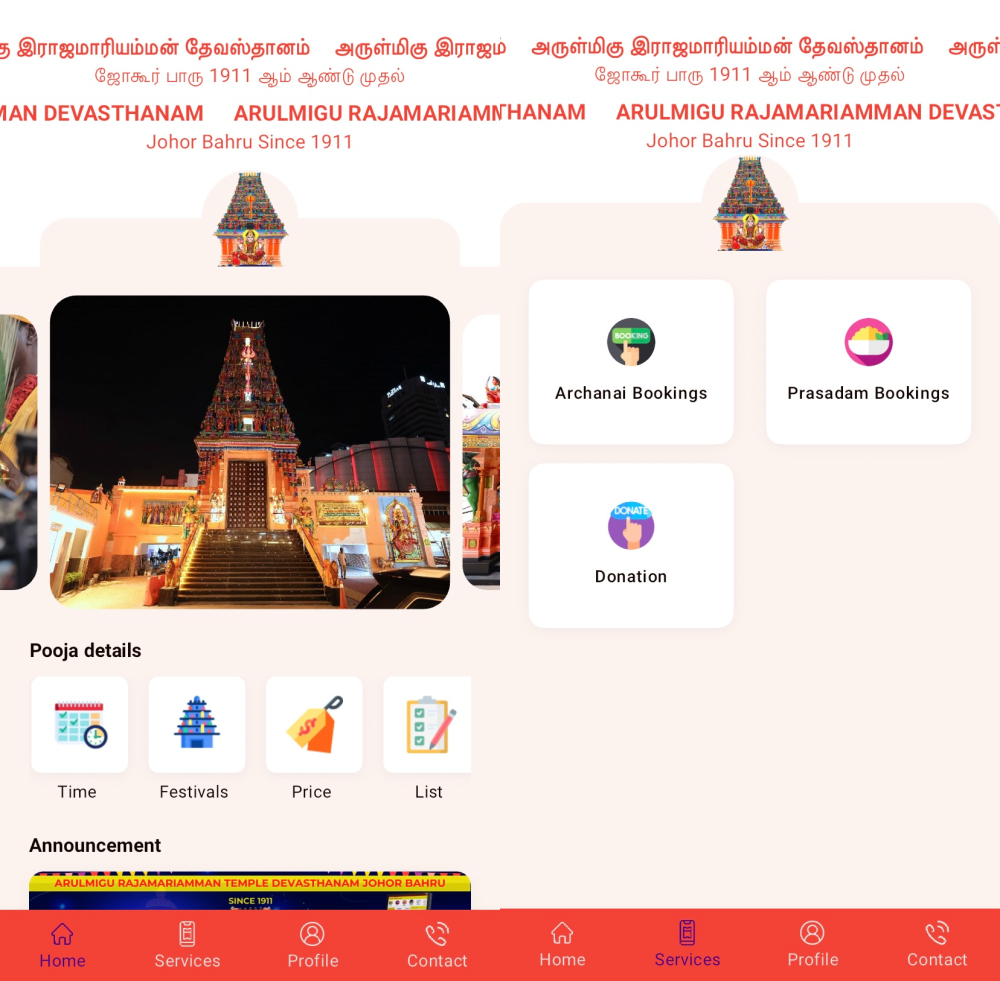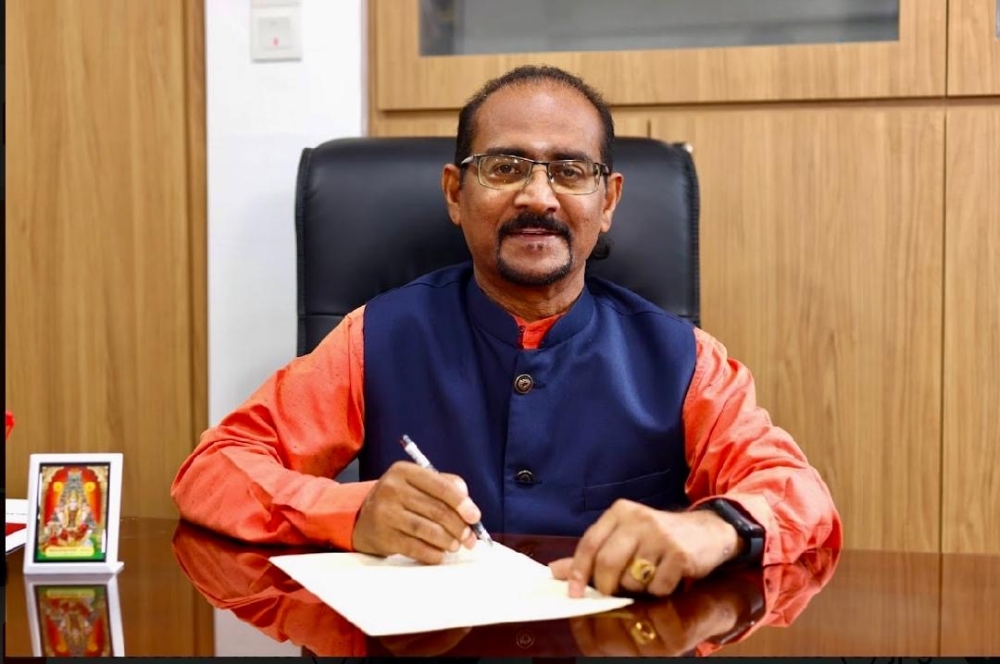KUALA LUMPUR, Aug 19 — Religion, arguable one of the last bastions of olden rituals and traditions, is beginning to make way for modernity in Malaysia, at least at a 113-year-old Hindu temple in Johor Baru.
After dipping its toes into the digital world during the Covid-19 pandemic, when devotees were made to scan QR codes for MySejahtera registrations to enter the temple, the management of Arulmigu Rajamariamman Devasthanam decided to take the plunge.
Earlier this year, the Hindu temple — the oldest in Johor and hailed as the state’s “mother temple” — rolled out a mobile app as well as two self-service kiosks for devotees.
Hindu temples typically have counters manned by staff who collect cash payments and issue receipts for devotees seeking prayer services (archanai).
Archanai is a Hindu ritual worship that involves elements such as offering, prayer recitations, and puja (worship) ceremonies that go beyond individual prayers.
With the two digital kiosks at the Arulmigu Rajamariamman Devasthanam, devotees can seamlessly request and pay for archanai services to specific deities and receive prasadam (sacred food).

The ARMD mobile app goes even further and allows devotees to request and pay for these services entirely from their smartphones, and later scan a QR code at the temple to obtain digital receipts.
The digitisation was first mooted by temple chairman V. Raja Selan last year and was swiftly implemented by the time the temple was re-consecrated for the seventh time in June 2024. Hindu temples are traditionally re-consecrated every 12 years through kumbhabhishekam rituals.
Having worked in the manufacturing industry for over 25 years, Raja Selan said going digital helps to reduce bookkeeping errors and smoothen the process of worship for devotees.
“When we have limited staff catering to a large number of devotees, especially during religious festivals, human errors are unavoidable. That can be eliminated through digitalisation.
“However, we still have a physical counter for senior citizens and devotees who may not be tech-savvy or face issues with their mobile phones.
“Now that we have implemented cashless payment, we are aiming to go fully paperless next by issuing only digital receipts to devotees,” he told Malay Mail.

The Arulmigu Rajamariamman Devasthanam was built in 1911 after the late Sultan Ibrahim ibni Sultan Abu Bakar allocated land and US$500 to Kootha Perumal Vandayar to construct the temple for Indian labourers working at rubber plantations in Johor.
The word “Raja” was added to the temple’s name to honour the generosity of the Johor Sultan.
Today, the temple manages a diverse portfolio, ranging from an Indian heritage centre, a wedding hall, crematorium services and 26 shops along Jalan Ungku Puan and Jalan Trus that generates revenue for the temple. A portion of the revenue goes into assisting two Tamil primary schools that the temple has adopted.

Raja Selan said the Arulmigu Rajamariamman Devasthanam is also the first temple in the country to obtain the ISO 9000 certification for its operations.
By September 2024, it will also be the first temple in Malaysia to install a vending machine for devotees to purchase prayer items such as nei vilakku (ghee-based lamp) and ellu vilakku (black sesame lamps) for worship.
“We want to be a success story for other temples in Malaysia to follow. Transparency is important in religious institutions and we can assure our devotees of that by going digital,” he said.



















